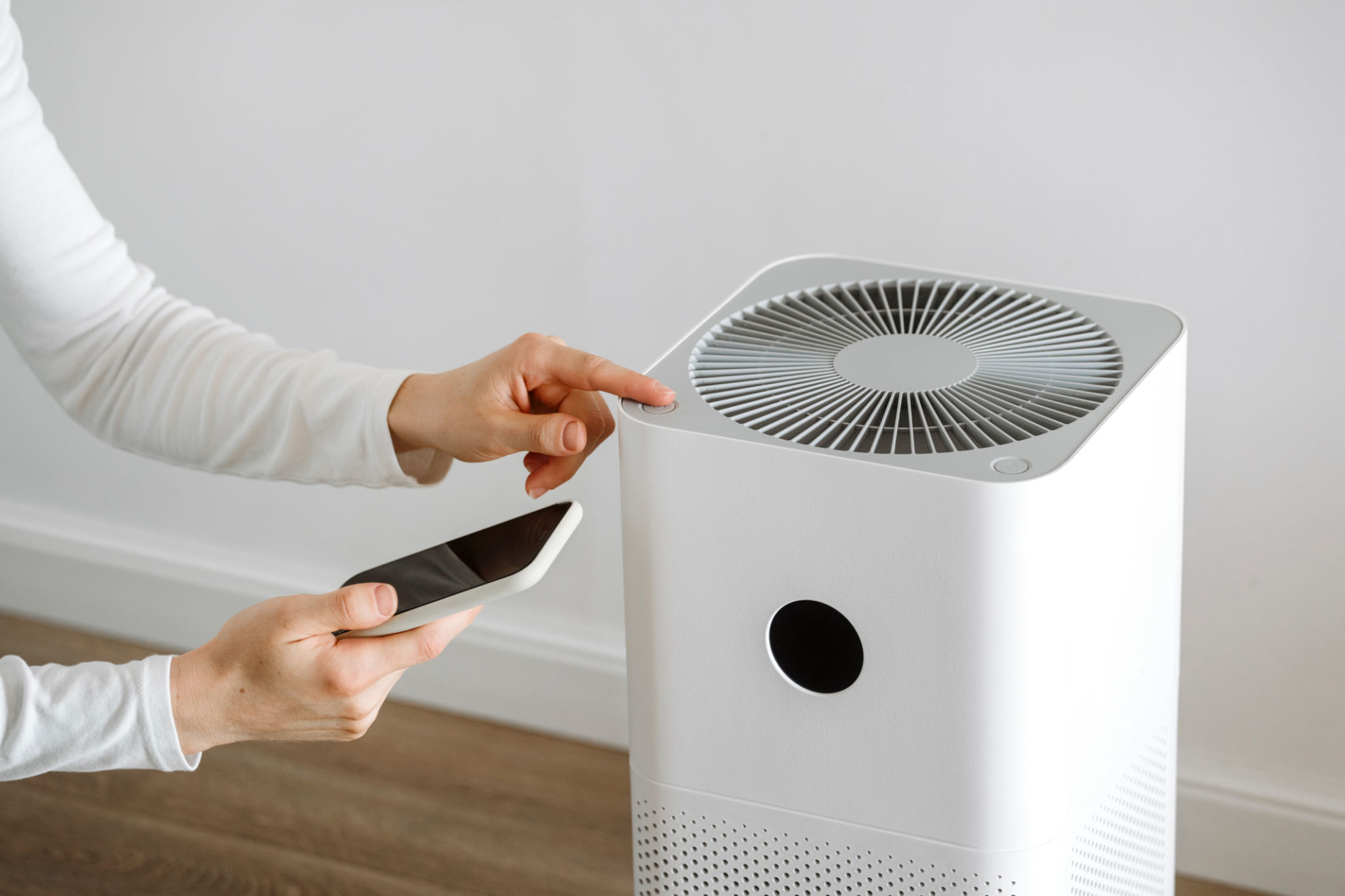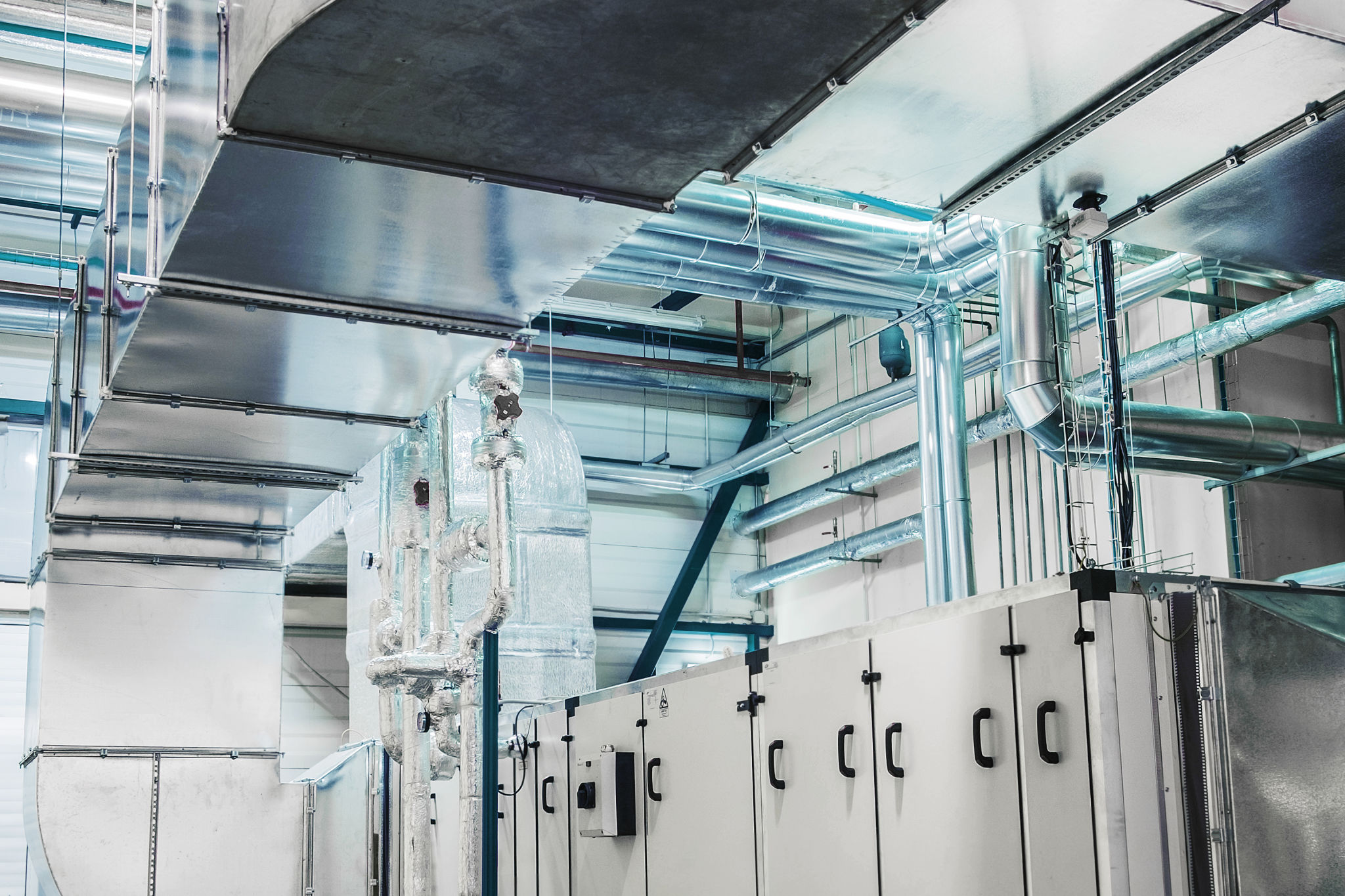Understanding AHUs for Clean Room Environments: FLP vs Non-FLP
Introduction to AHUs in Clean Rooms
Air Handling Units (AHUs) play a crucial role in maintaining the controlled environments required in clean rooms. These specialized units are responsible for regulating temperature, humidity, and air quality, ensuring that contamination levels remain within acceptable limits. Understanding the differences between Filtered Laminar Flow (FLP) AHUs and Non-Filtered Laminar Flow (Non-FLP) AHUs is essential for choosing the right solution for your clean room environment.

What are Filtered Laminar Flow (FLP) AHUs?
Filtered Laminar Flow (FLP) AHUs are designed to provide a uniform flow of filtered air across a clean room space. These units create a streamlined airflow pattern that minimizes turbulence, reducing the likelihood of particulate contamination. FLP AHUs are typically equipped with High-Efficiency Particulate Air (HEPA) filters or Ultra-Low Penetration Air (ULPA) filters to capture airborne particles effectively.
The primary advantage of FLP systems is their ability to maintain a consistent, clean airflow, which is critical for environments where even minor contamination can lead to significant issues. Industries such as pharmaceuticals, biotechnology, and electronics manufacturing often rely on these systems to ensure product quality and compliance with stringent standards.
Non-Filtered Laminar Flow (Non-FLP) AHUs Explained
Non-Filtered Laminar Flow (Non-FLP) AHUs, on the other hand, do not incorporate the same level of filtration as their FLP counterparts. While they still provide laminar airflow, they lack the advanced filtering capabilities needed for environments with strict contamination control requirements. These units may use basic filters to manage particulate levels but are generally not suitable for high-stakes clean room applications.

Non-FLP systems are more commonly used in applications where air cleanliness is important but not critical. For instance, they may be found in certain types of laboratories or industrial settings where a basic level of air quality is sufficient.
Key Differences Between FLP and Non-FLP AHUs
Understanding the distinctions between FLP and Non-FLP AHUs can help in selecting the right system for your needs:
- Filtration: FLP units utilize HEPA or ULPA filters, whereas Non-FLP units have minimal filtration capabilities.
- Application: FLP systems are suitable for critical environments like clean rooms, while Non-FLP systems are used in less demanding settings.
- Cost: Due to higher filtration standards, FLP units typically come at a higher cost compared to Non-FLP systems.
The Importance of Correct AHU Selection
Selecting the appropriate AHU type is vital for maintaining the integrity of a clean room environment. The choice between FLP and Non-FLP systems should be guided by the specific requirements of your operations, taking into account factors such as contamination control, budget constraints, and regulatory compliance.

Investing in the right type of AHU can lead to significant long-term benefits, including improved product quality, reduced risk of contamination, and better compliance with industry standards. This decision should ideally involve consultation with experts who understand the nuances of clean room environments.
Maintenance Considerations for AHUs
Regular maintenance of AHUs is essential to ensure optimal performance. For FLP systems, this includes routine checks and replacements of HEPA or ULPA filters, as well as monitoring airflow patterns to prevent any disruptions. Non-FLP systems also require maintenance but generally involve less frequent filter replacements due to their simpler design.
Proactive maintenance strategies can help extend the lifespan of your AHU system and prevent costly downtime or contamination incidents. Establishing a maintenance schedule tailored to your specific system's needs is an effective way to maintain peak performance.
Conclusion
Understanding the differences between FLP and Non-FLP AHUs is crucial for maintaining clean room environments that meet industry standards. While FLP systems offer superior filtration and airflow control ideal for high-stakes applications, Non-FLP units can be suitable for less demanding settings. Making an informed decision will ensure optimal performance and compliance with necessary regulations.
